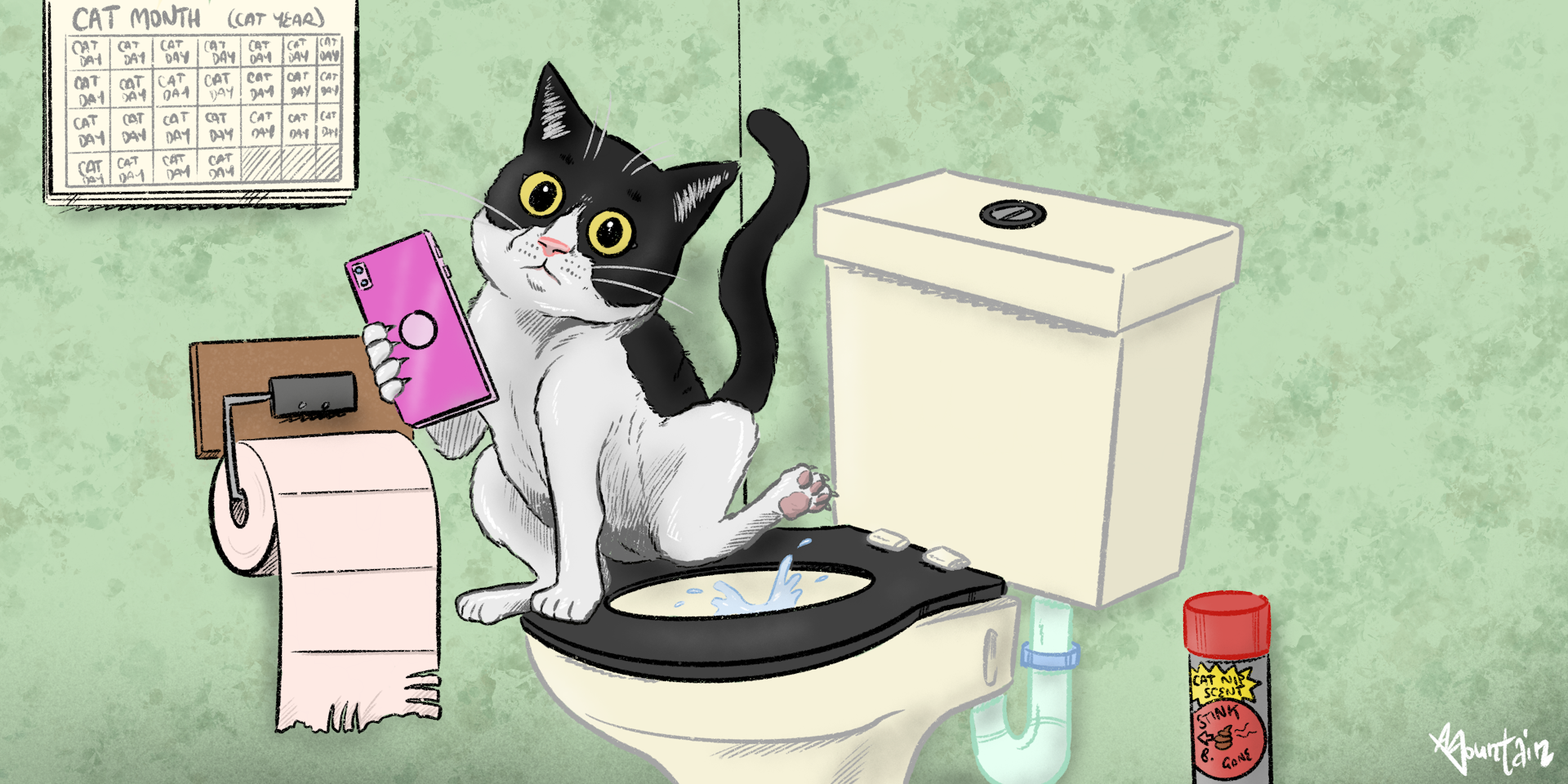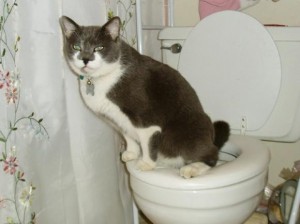The Consequences of Flushing Cat Poop Down Your Toilet - Safeguard Your Plumbing
The Consequences of Flushing Cat Poop Down Your Toilet - Safeguard Your Plumbing
Blog Article
The article in the next paragraphs involving Can You Flush Cat Poo or Litter Down the Toilet? is pretty much insightful. Read it for your own benefit and figure out what you think of it.

Introduction
As pet cat proprietors, it's necessary to bear in mind exactly how we deal with our feline friends' waste. While it may seem hassle-free to purge cat poop down the bathroom, this method can have harmful repercussions for both the atmosphere and human health and wellness.
Alternatives to Flushing
Fortunately, there are more secure and extra responsible ways to take care of pet cat poop. Consider the complying with options:
1. Scoop and Dispose in Trash
The most typical technique of disposing of cat poop is to scoop it right into a naturally degradable bag and throw it in the garbage. Be sure to utilize a dedicated litter inside story and get rid of the waste without delay.
2. Usage Biodegradable Litter
Select biodegradable cat trash made from materials such as corn or wheat. These trashes are eco-friendly and can be securely thrown away in the garbage.
3. Hide in the Yard
If you have a yard, consider burying cat waste in a marked location far from veggie gardens and water resources. Make certain to dig deep adequate to stop contamination of groundwater.
4. Install a Pet Waste Disposal System
Invest in a pet dog garbage disposal system particularly created for cat waste. These systems utilize enzymes to break down the waste, lowering odor and environmental influence.
Health Risks
Along with environmental problems, flushing feline waste can also posture wellness dangers to people. Feline feces may have Toxoplasma gondii, a parasite that can create toxoplasmosis-- a possibly serious illness, specifically for pregnant women and people with weakened body immune systems.
Ecological Impact
Flushing feline poop introduces damaging pathogens and bloodsuckers right into the water supply, presenting a considerable threat to marine ecological communities. These pollutants can adversely affect marine life and concession water top quality.
Verdict
Liable family pet possession extends past giving food and shelter-- it also entails correct waste administration. By avoiding flushing pet cat poop down the toilet and going with different disposal approaches, we can minimize our environmental footprint and safeguard human health and wellness.
Why Can’t I Flush Cat Poop?
It Spreads a Parasite
Cats are frequently infected with a parasite called toxoplasma gondii. The parasite causes an infection called toxoplasmosis. It is usually harmless to cats. The parasite only uses cat poop as a host for its eggs. Otherwise, the cat’s immune system usually keeps the infection at low enough levels to maintain its own health. But it does not stop the develop of eggs. These eggs are tiny and surprisingly tough. They may survive for a year before they begin to grow. But that’s the problem.
Our wastewater system is not designed to deal with toxoplasmosis eggs. Instead, most eggs will flush from your toilet into sewers and wastewater management plants. After the sewage is treated for many other harmful things in it, it is typically released into local rivers, lakes, or oceans. Here, the toxoplasmosis eggs can find new hosts, including starfish, crabs, otters, and many other wildlife. For many, this is a significant risk to their health. Toxoplasmosis can also end up infecting water sources that are important for agriculture, which means our deer, pigs, and sheep can get infected too.
Is There Risk to Humans?
There can be a risk to human life from flushing cat poop down the toilet. If you do so, the parasites from your cat’s poop can end up in shellfish, game animals, or livestock. If this meat is then served raw or undercooked, the people who eat it can get sick.
In fact, according to the CDC, 40 million people in the United States are infected with toxoplasma gondii. They get it from exposure to infected seafood, or from some kind of cat poop contamination, like drinking from a stream that is contaminated or touching anything that has come into contact with cat poop. That includes just cleaning a cat litter box.
Most people who get infected with these parasites will not develop any symptoms. However, for pregnant women or for those with compromised immune systems, the parasite can cause severe health problems.
How to Handle Cat Poop
The best way to handle cat poop is actually to clean the box more often. The eggs that the parasite sheds will not become active until one to five days after the cat poops. That means that if you clean daily, you’re much less likely to come into direct contact with infectious eggs.
That said, always dispose of cat poop in the garbage and not down the toilet. Wash your hands before and after you clean the litter box, and bring the bag of poop right outside to your garbage bins.
https://trenchlesssolutionsusa.com/why-cant-i-flush-cat-poop/

I'm very inquisitive about How to Dispose of Cat Poop and Litter Without Plastic Bags and I really hope you liked our blog entry. Enjoyed reading our entry? Please share it. Let another person discover it. Bless you for your time. Visit again soon.
Appointment Report this page